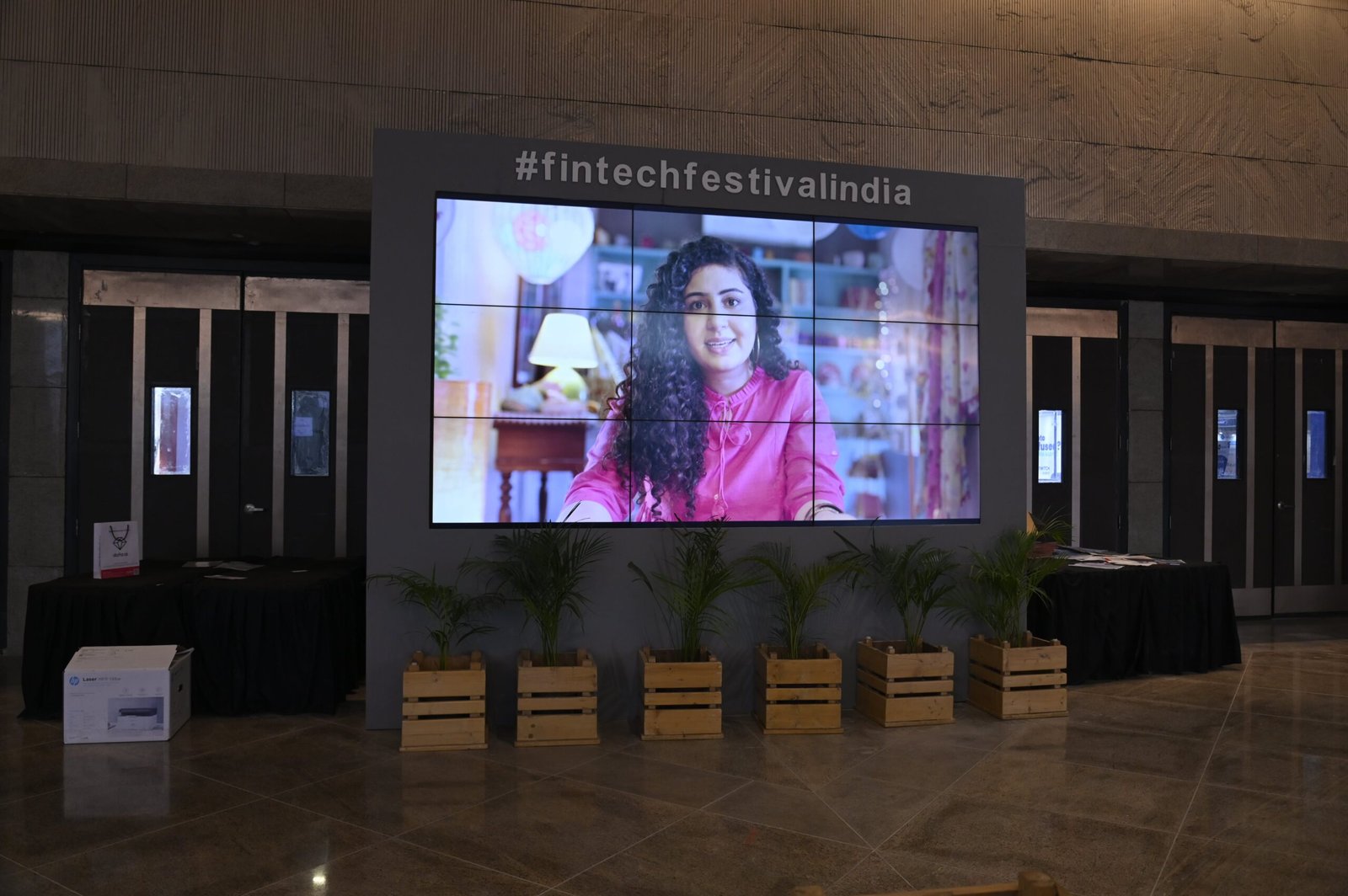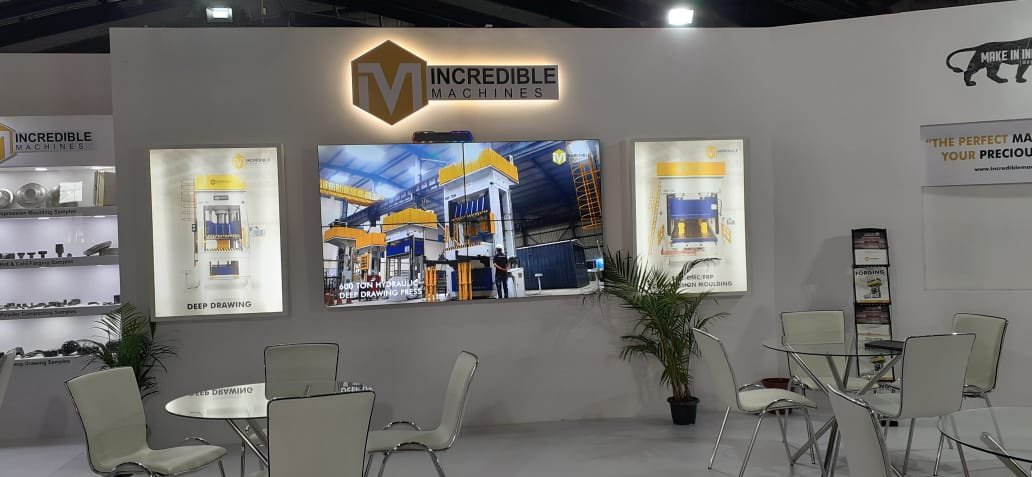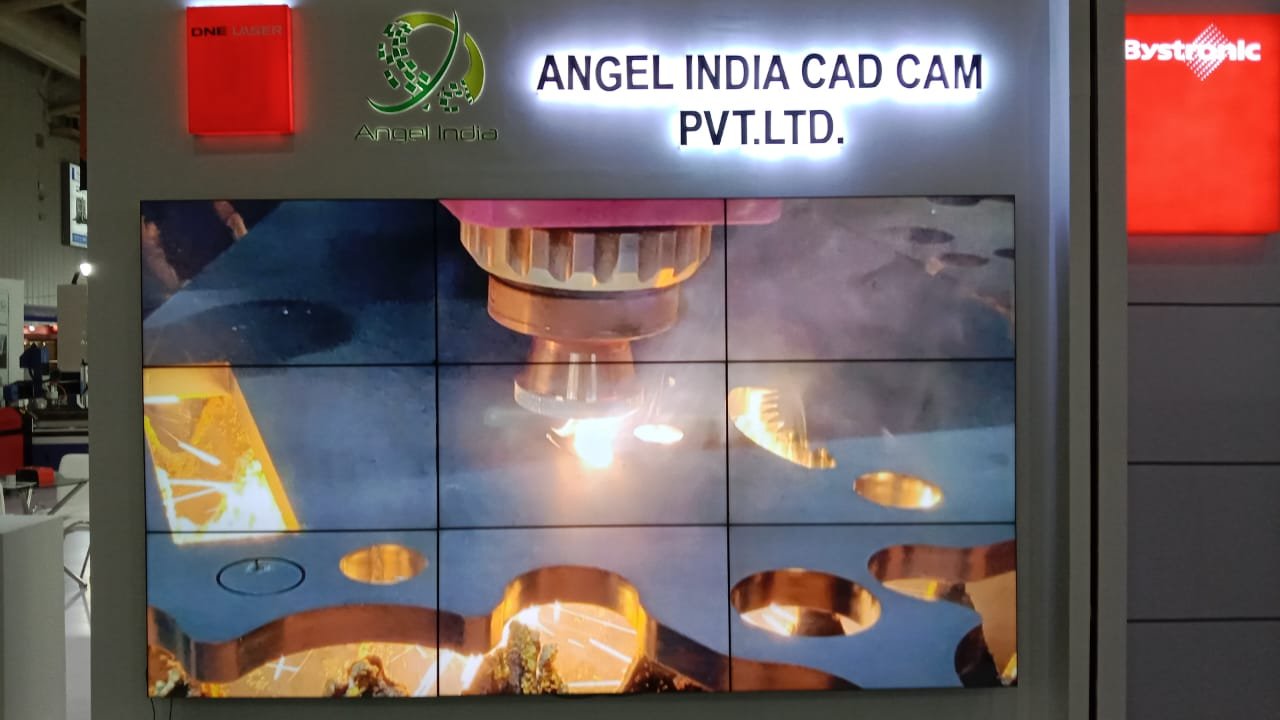An LFD is typically a display product that has been built specifically for professional environments to deliver content to a wide audience, such as digital signage. This is distinguished from small format displays such as desktop monitors that are used for personal interaction.

Important features and specifications to consider in LFD Wall :


- Size : The size chosen should be correct for the application and environment, taking into consideration factors such as viewing distance and readability as well as overall visual impact
- Resolution : Contributing to the overall image quality, generally the higher the resolution the better, although the native resolution of source content also needs to be considered. Higher resolution means greater detail and an improved viewing experience and is sometimes a requirement such as with medical imaging
- Brightness : The brightness of the display is increased to overcome higher levels of ambient light, however there is a trade-off between brightness, contrast and colour reproduction which is important when considering brand image. The market for higher brightness displays has increased recently as advertisers attempt to attract customers from outdoor spaces such as the High Street. This allows retailers and advertisers to replace print with digital posters and make the most of their real estate; something not possible with cost effective alternatives such as projection
- Colour: There is a natural trade-off between brightness, contrast and colour reproduction. As brightness increases it becomes more difficult to resolve detail in darker content and vibrant colours may wash out, becoming whiter. It’s important to note if the main function of a display is to overcome daylight conditions then being able to read images is usually more important than achieving exact colour reproduction. Improvements in LED backlight technology are however dramatically reducing the trade-off so that quality in all environments can be maintained. These improvements also allow HDR standards to be implemented across the panel, so detail can be maintained in dark areas
- Connectivity: Connectivity allows devices such as laptops and video conferencing systems to interface with the display, so should be considered for both new builds and when retrofitting into a legacy environment. Rich connectivity will accommodate a range of sources and provide the ability to utilise a modern LFD even in environments that may be using an existing infrastructure


What’s the best way to allow viewers to interact with an LFD?


Users can interact remotely with an LFD using IP asset management software. Screen mirroring also allows for peer to peer connectivity with compatible phones, tablets and laptops such as Windows 10 devices.
Touch functionality offers an additional hardware layer, allowing users to directly interact with the display through touch or a stylus device. Technologies include Infrared which is cost effective, Projective capacitive which is suitable for retail environments and In-Glass IR for natural handwriting. Touch enabled software can be pre-installed using embedded technology such as interactive whiteboard software or using a separate PC with touch interface.
Article Link : Check Out our LFD Walls
Article Link : Original Source

